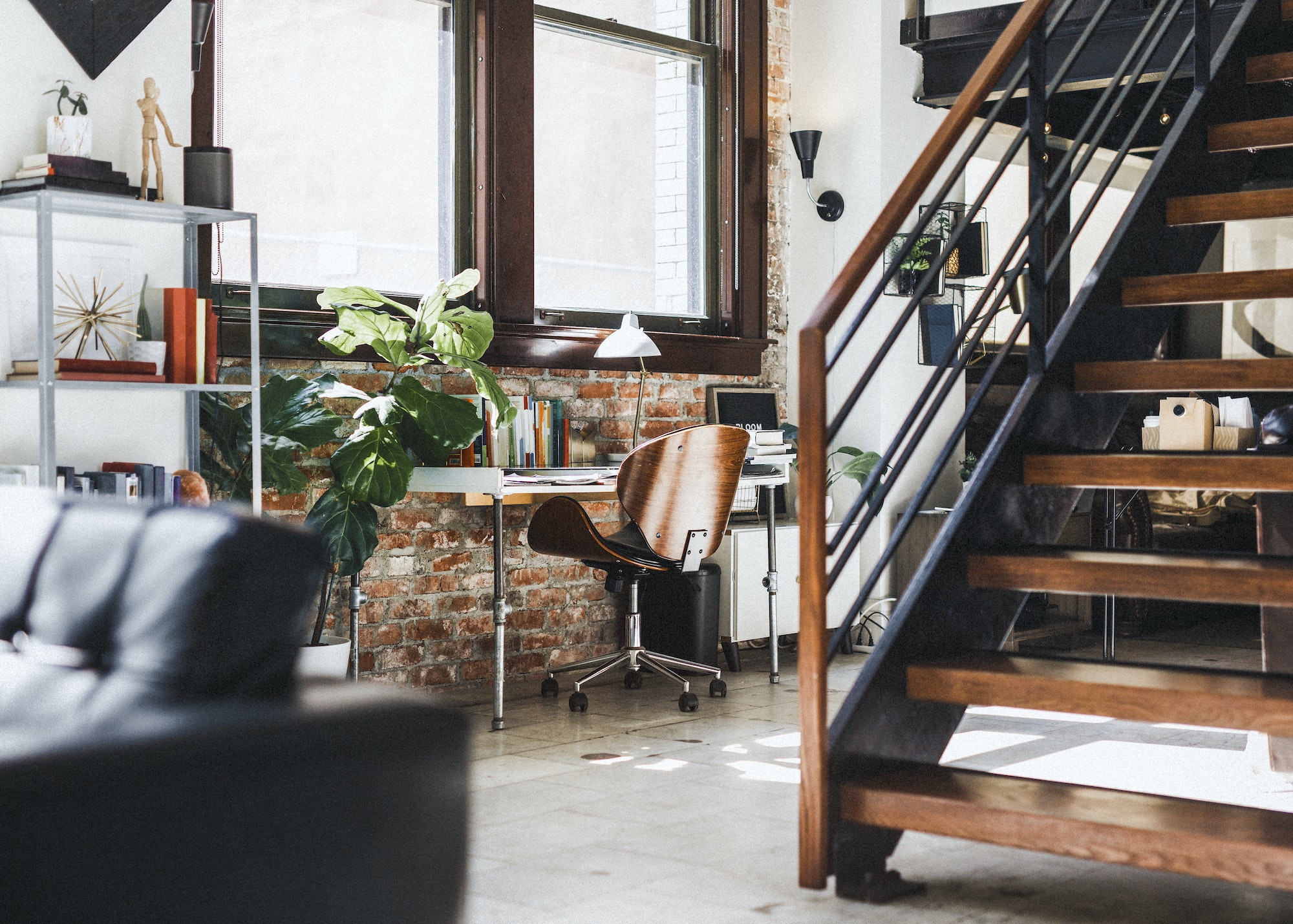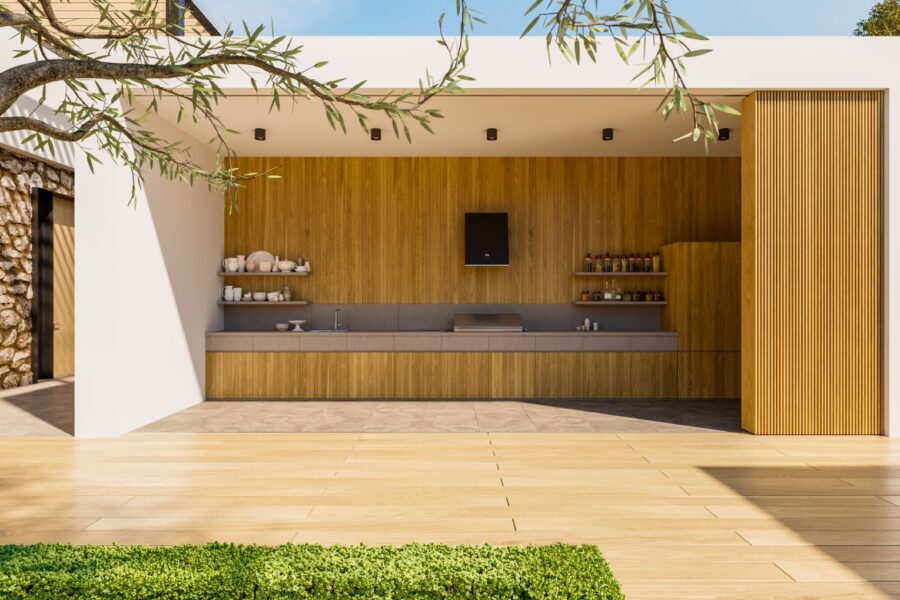You swoon at images of turn-of-the-century warehouses, and you feel yourself blush when you encounter exposed brick and ductwork. You are utter, head-over-heels in love with industrial style. However, before you start pulling down drywall and pouring concrete countertops in your home, you need to understand the underlying elements of industrial design — or you could get it horribly, woefully wrong. Here are a few of the essential components of accurate and aesthetic industrial style, which you can use to guide your own interior design.
Architectural Features
Arguably the most important component of industrial design is the highlighting of certain architectural features within a space. Industrial homes tend to include open floor plans with large, spacious common rooms and high ceilings. Often, one or more walls may be bereft of drywall, preferring instead exposed brick or concrete block. The flooring may also be concrete, and there may be visible pipes or ductwork along the ceiling or walls. All of these components help to replicate the feeling of a large, unfinished industrial space.
Natural Light
To keep energy costs low, industrial buildings from the turn of the 20th century tend to have large, glorious windows located high in their walls, which helped to illuminate the working floor during daylight hours. Therefore, industrial-style homes also strive to maximize the amount of natural light streaming into interior spaces. Often, windows in the industrial aesthetic follow a grid pattern and may have simple black metal frames — details that call back to the original inspiration of industrial style.
Bare Bulbs
Natural light should dominate an industrial space during the day, but when the sun sets, you should have light fixtures around your home to illuminate your interior style. Industrial design tends to strip down light fixtures, preferring individual, bare bulbs to more ornate lighting options. When possible, you should use warm, eye-catching bulbs like Edison bulbs. If you do prefer more to your lighting, you might opt for simple metal domes or cages around your bulbs.
Graphic Lines
Industrial style does away with much of the ornate decoration found in other design aesthetics, preferring instead to utilize clean, straight lines, usually in black metals. The most obvious example of these lines is along the panes of the gridded windows described above, but you can also find them in bar stools, floor lamps, and large ceiling fans in open spaces. Unlike other aesthetics which eschew sinuous curves, the industrial design tries to avoid lines that are highly stylized, preferring instead simplicity and honesty.
Repurposed Materials
A relatively new component of industrial design is recycled, reclaimed, and repurposed materials. Often, industrial processes produce unnecessary waste, which can damage the environment in various ways. By integrating older materials into interior design, you can help reduce environmental harm while increasing opportunities for visual interest in your space. There are many luxurious examples of designer pieces that are made from repurposed materials, but to keep costs low, you might consider flexing your DIY skills to make your own furniture and decorative items.
Natural Materials
Natural materials tend to generate warmth and comfort, which tend to be sorely lacking in industrial spaces. Therefore, to add much-needed softness, you might opt to integrate natural materials into your industrial design in the form of textiles. Fabrics like weathered leather and linen can make a newly renovated space seem lived-in, which deepens the look and feel of an industrial space. You might integrate natural textiles in seating, rugs, throw pillows and blankets, and window coverings.
Neutral Color Palette
Though the industrial style is a variation of modernism and minimalism, the palettes of neither of these styles align perfectly with the hues that dominate the industrial design. Modernist homes tend to have vibrant pops of color, such as sunshine yellow or aquamarine, which are largely absent from an industrial’s palettes filled entirely with neutrals. While minimalist interiors tend to be coated in various shades of white, the industrial style utilizes the entire spectrum of neutral tones, from white to gray and black, and various shades of beige and brown. Therefore, to achieve the industrial look, you need to avoid bright colors but diversify your neutral swatches.
Industrial design is simple, but that does not make it easy to achieve. By adhering to the rules of the aesthetic and paying close attention to the details of your design, you should be able to develop an industrial interior space.
Discover more from Futurist Architecture
Subscribe to get the latest posts sent to your email.



